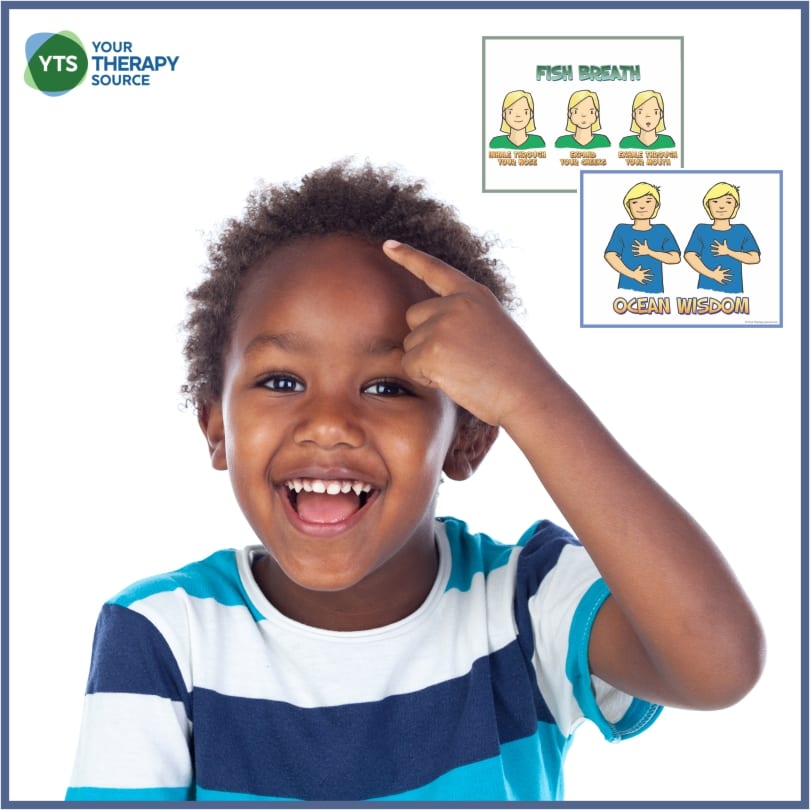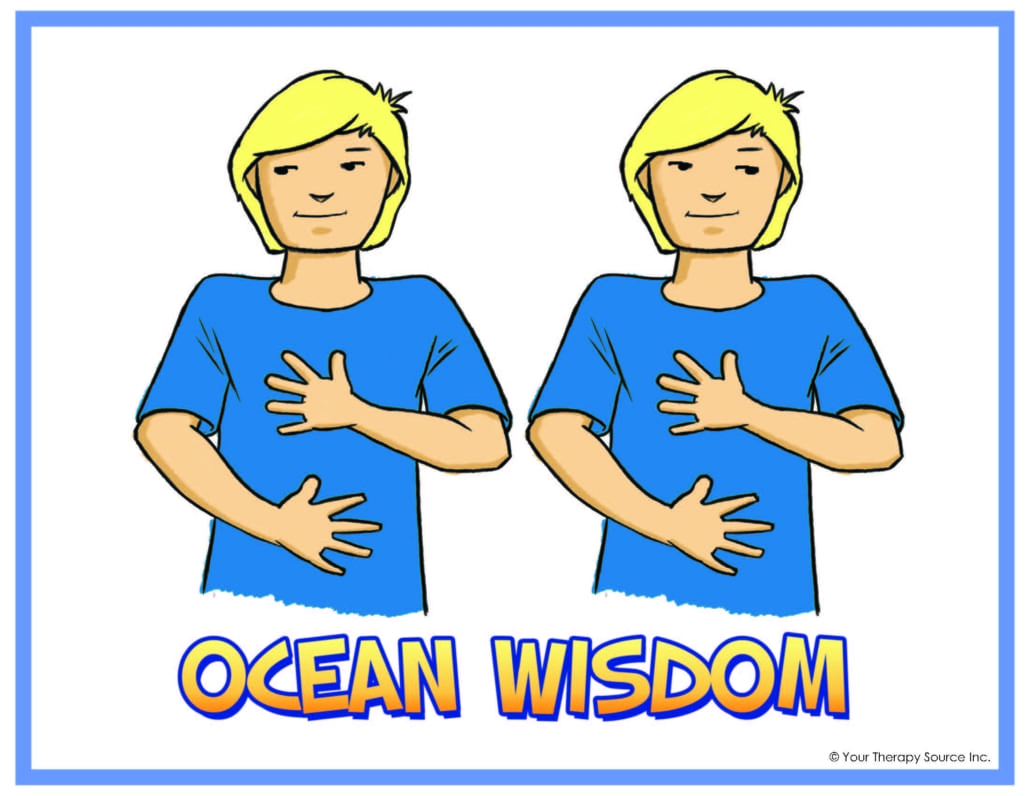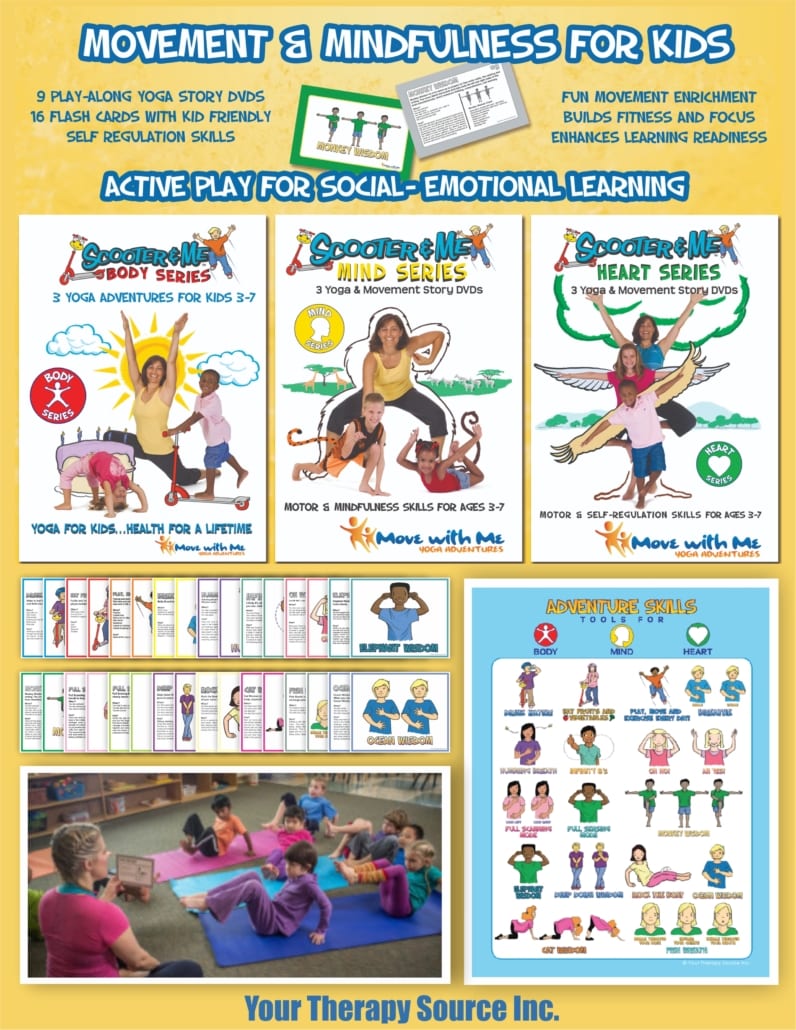How to Use Breathing Exercises For Executive Function Skills

Breathing techniques can offer easy-to-practice activities for building basic self-regulation in the body of youngsters and in your classroom. Here are suggestions on how to use breathing exercises for executive function skills.
The official definition of executive function is a set of processes that all have to do with managing oneself and one’s resources in order to achieve a goal. It is an umbrella term for neurologically-based skills involving mental control and self-regulation. Think of executive function as the “conductor” of all cognitive skills, enabling us to manage our lives, responsibilities, and projects.
The ability to self-regulate is also needed for executive function. Without being able to focus, control impulses and manage everyday stresses and emotions, children are disruptive, unhappy, inattentive, emotionally unstable and fall behind academically.
Executive function skills include:
- Inhibition – The ability to stop one’s own behavior at the appropriate time.
- Shift – The ability to move freely from one situation to another and to think flexibly in order to respond appropriately to the situation.
- Emotional Control – The ability to modulate emotional responses by bringing rational thought to bear on feelings.
- Initiation – The ability to begin a task or activity and to independently generate ideas, responses, or problem-solving strategies.
- Working memory – The capacity to hold information in mind for the purpose of completing a task.
- Planning/Organization – The ability to manage current and future- oriented task demands.
- Organization of Materials – The ability to impose order on work, play, and storage spaces.
- Self-Monitoring – The ability to monitor one’s own performance and to measure it against some standard of what is needed or expected.
Looking at this list, it’s obvious that self-regulation is a critical competency of executive function in two major ways: social-emotional (appropriate behavior in a social context) and cognitive (focus, academic learning, problem-solving).
What does the research say about self-regulation?
When children are self-regulating, they can both stop or start doing something, even if they don’t want to. For example, they can delay gratification. They can think ahead. In addition, they can control impulses and consider options. It is crucial that children learn basic self-regulation in early childhood because research indicates that “children who cannot control their emotions at age four are unlikely to be able to follow the teachers’ directions at age six, and will not become reflective learners in middle and high school.” (Zins et al, 2007)
Breathing Techniques for Executive Function
As mentioned previously, breathing techniques offer easy-to-practice activities for building basic self-regulation in the body of youngsters and in your classroom. With something specific to do to support themselves when confronted with transitions, sharing, waiting, and re-directing impulses, children are better able to navigate those challenges. As they experience how specific ways of breathing enable them to tolerate feelings and manage impulses, they start to embody greater control. This process strengthens executive function, which builds self-esteem and self-trust.
Help kids learn how to count on their inner wisdom and intelligence. Make time for self-reflection and self-care throughout the day. Then introduce and practice breathing exercises regularly as a way to de-stress, recharge, and reset to an optimal mind-body state.

Two Breathing Exercises for Executive Function as a tool for Healthy Self-Regulation
Fish Breath
Fish breath breathing exercise is a fun technique that is sure to make kids laugh and not take things too seriously. Because it requires make a silly blooping sound on the exhale, like a fish, it disperses tension, releases frustration, and busts the stress of over-efforting. Humor and playfulness are keys to accessing executive function and creative thinking. Physiologically, when you inhale deeply, you pull in lots of oxygen needed by our brain and body to stay relaxed and alert. When you exhale completely, you make room for more which helps us release toxins and recharge.
Directions:
Take a deep breath through your nose,
Fill up your cheeks with that breath and …
Push it all out through your mouth while saying…
Bloop, bloop, bloop, bloop, blooooooop.
And again, deep breath in your nose…
Fill up your cheeks with it and …
Exhale it out your mouth …
Bloop, bloop, bloop, bloop, blooooooop.
Ocean Breath
Ocean breath breathing exercise activates the midline of the body, connects both hemispheres of the brain, and relieves tension in the eye muscles. As they inhale, direct children to place one hand on their belly button and the other on their sternum, like giving themselves a hug. Then, as they exhale, have them move just their eyes (head remains still) slowly from right to left and back again 2-4 times. This movement facilitates improved eye teaming skills and cross-motor coordination.
Overall, Ocean Breath slows, calms, and centers both mind and body, which will enable children to access executive function.
Directions
Place one hand on your belly button,
place the other in the middle of your chest.
Press your thumb and forefinger into the
soft tissue points beneath your collar bones
on either side of your sternum. Inhale fully
through your nose and then, as you exhale
slowly, move just your eyes from right to left.
By introducing these 2 breathing exercises for executive function to your students, you will help them build basic self-regulation skills, de-stress, recharge, and reset to an optimal mind-body state.
Additional Resources for Self-Regulation
The Adventure Skill Self-Regulation Flash Cards include Fish Breath and Ocean Wisdom to provide child-friendly activities that support well-being, physical development and enhance social-emotional learning.
This Self-Regulation Videos and Flash Cards Bundle includes 9 Videos & the 16 Self-Regulation Flash Cards to provide you will everything you need to support your students/children in being physically fit, emotionally stable & learning able.
Reference
Zins, J. E., Bloodworth, M. R., Weissberg, R. P., & Walberg, H. J. (2007). The scientific base linking social and emotional learning to school success. Journal of educational and psychological consultation, 17(2-3), 191-210.







